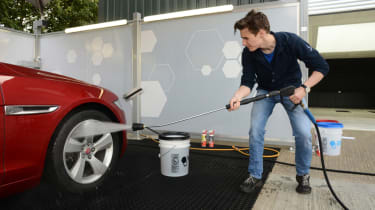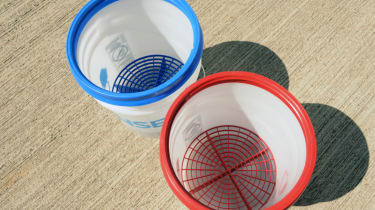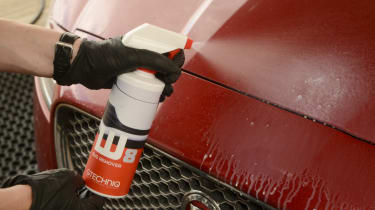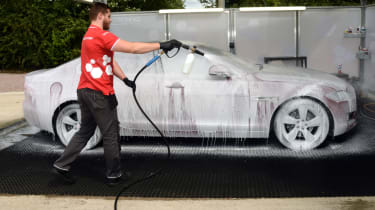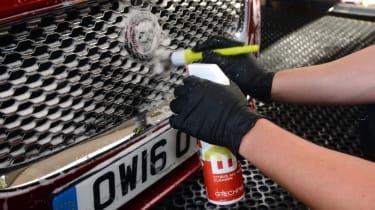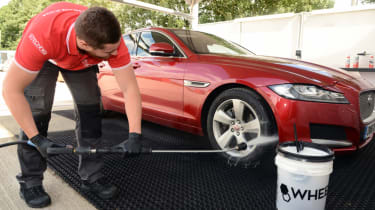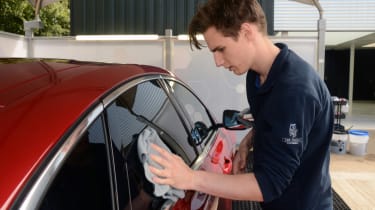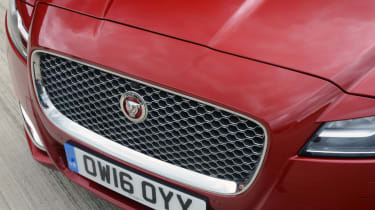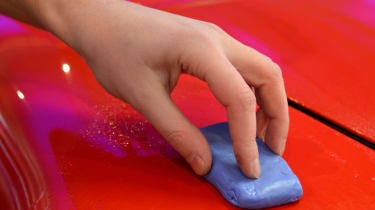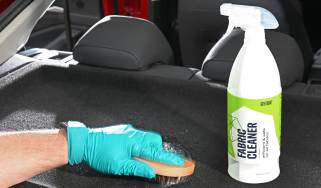Best car cleaning tips: the secrets to a perfect finish
We get some top car care and car cleaning tips from one of the best in the business
Knowing how to wash your car and clean your car’s interior is vital if you want to keep it looking in tip-top condition. Whether you like it or not, cleaning your car is a job that needs to be done from time to time, but knowing how to do it right can make the process easier, give better results and even make it less likely to get dirty quickly before the next wash.
There’s always the option of hiring someone to wash your car for you, of course, but paying for a good job can be expensive. Here we’ll provide you with the know-how to replicate the results of a professional car clean cheaply by yourself – the only other things you’ll need are the correct gear and time to spare.
We’ve even combined our knowledge with that of car-cleaning professional Adam Eaton, head of detailing at Gtechniq, who reveals the secrets to achieving professional results and avoiding bad techniques which can cause damage to your car’s paintwork and finish.
Although cleaning your car used to seem like a simple process, nowadays it involves a bit more than just a bucket and sponge. Pop to your local motoring retailer and you’ll be confronted with a daunting array of car cleaning products to choose from. Our Car Product Awards reveal our choice of the best car shampoos, wheel cleaners, glass cleaners, plastic trim cleaners, snow foam washes, car waxes, wash wax sprays, scratch removers, interior trim cleaners, leather cleaners, bug removers and car wash mitts, so check that out if you need to stock up before you start.
Once you’ve got all the necessary bits and bobs, read on to know how to clean your car properly…
1. Don’t clean in extreme heat or direct sunlight
If it’s warm you’ve got to work quicker with parts of the car drying faster than normal. Extreme heat will affect the strength of the chemicals in the products you’re using, too.
2. Remove grime before washing
Known as a ‘pre-wash’ by those in the trade, ensuring your car has as much dirt removed as possible prior to putting your hands on the car is vital. Adam Eaton explains: “The whole point is that before we put our hands on the car, we clear as much dirt and grime to ensure that nothing gets dragged along the paint.”
If you don’t have a pressure washer and a snow foam lance, Gtechniq’s expert recommends spraying the car over with a regular cleaner. If you have a pressure washer (remember when using, don’t stand too close as you may cause damage to the paintwork), apply snow foam to the entire vehicle from top to bottom in an even coating. The cleaners and foams come with citrus oils that further help remove dirt and grime from the bodywork. Rinse the foam and cleaner away with water.
3. Use multiple buckets
Here a single bucket of water and some soap no longer cuts the mustard. Eaton once again explains why: “You’ll need two buckets. One with a washing solution and the other filled with plain water for rinsing. And be sure to place a grit guard in each bucket to catch the grime.”
Use a wash mitt – they’re designed to remove the most dirt and be the most ‘friendly’ to your car’s paint. As we start cleaning the car, Eaton tells us to only move the mitt in straight motions and not swirl it around. During the wiping process, be sure to wash the mitt as often as possible to reduce the risk of dirt building up and damaging the paintwork.
4. Don’t use silicone-based sprays inside the car
While silicone-based sprays can be handy to dress cables under the bonnet, don’t use them in the cabin. Some roadside car washes will use them to give a shiny finish, but this can make important components such as your pedals slippery. The reflections from the dash can also become incredibly annoying while driving.
5. Use a blow dryer or specialist cloths
Most people will drive their car to help dry it off, but this can cause sticky brakes and see water pool in seals and gaps, creating streaks on the paint as it drains away. With a blow dryer you can prevent this. Alternatively, triple-layered microfibre cloths folded into a square are often used by those in the motor trade and can be incredibly effective.
6. Choose cleaning products based on a car's use
Is your car going to be tucked away in a garage for the next week, paraded at a show the following day or out in all conditions every day of the week? This is an important consideration before you start detailing as it determines the type of finish you should apply.
You can get a relatively short-term, incredibly glossy finish or a much longer-term finish to the bodywork depending on which products you use. Make the wrong decision and you can waste hours reapplying when you should have gone with a more suitable finish.
7. Dress engine and regrease parts
If you want to go that extra step, then lift the bonnet and get to work on the engine. Many experts believe that a well maintained engine bay encourages mechanics at dealerships to take more care when they’re carrying out servicing and repairs.
It’s not just a case of blasting water over the engine, as this can cause problems with electrical systems. Instead, clean and then dress black hose cables with a silicon-based spray and regrease moving parts such as bearings.
8. Pay particular attention to wheels and wheel arches
Wheels and wheel arches are where most of the dirt and grime can build up, so it’s often best to start with a jet wash in this area. Then, use a bucket of warm water with shampoo to get in there with the sponge.
To loosen brake dust and other grime on the wheels, spray on an alloy cleaner and leave it for three minutes to work. At the same time, spray the tyre with an all-purpose cleaner and wash it.
Eaton advises doing one wheel at a time – “This way the chemicals don’t stay on the surface for too long.” After three to four minutes, hose down the wheel, and to ensure you get every speck of grime out of each one, use three different brushes to work in the shampoo. Once finished, rinse the wheels and tyres.
It’s a good idea to ensure your wheel cleaner is suitable for your wheels before using it, as the wrong one could ruin your wheels. Another useful tip for wheels is not to clean anything after you’ve just driven as the brake components can get hot.
9. Clean the glass inside and out
Getting that extra shine requires extra effort. Eaton tells us that the best way to get a clear windscreen is to use a glass cleaner (on the inside and outside) and microfibre cloths. He advises using two clothes – one for cleaning and the other for buffing.
Spray glass cleaner on one cloth and gently wipe the screen. Then buff it clean with the second cloth, and repeat this on the rest of the glass around the car. It’s also best to apply the cleaner to the cloth rather than the glass to avoid over spray.
For the tyres, use foam-filled applicators and a bottle of tyre dressing. Then, carefully dress each tyre to restore them to a showroom-fresh look.
10. Consider a depth gauge
To deal with any imperfections left on your paintwork, you can either use enhancers to fill gaps or go down the more professional route of machine polishing. The principles behind this are to cut back the paint beneath the imperfections using a rotating pad and the heat generated. Prices for depth gauges vary hugely, starting at around £100 and rising up into the thousands.
11. Use a clay bar
While the car might look smooth, if you run your hand along the bodywork, you’ll feel bumpy parts where carbon deposits and other grime have bonded to the paintwork. A clay bar is one of the best ways to eradicate this, and has gained a lot of popularity in the car cleaning world.
Top dos and don'ts
- Do pre-wash your car
- Do use multiple buckets
- Do use a blow dryer or specialist cloths
- Do choose cleaning products based on a car's use
- Do dress and regrease engine components
- Do pay particular attention to wheels and wheel arches
- Do clean the glass inside and out
- Do consider a depth gauge
- Do use a clay bar
- Don’t clean your car in intense heat
- Don’t use silicone-based sprays inside the car
Now you know how to clean your car properly, check out our guide to storing your car for the long term, or looking after your car through the winter...
Find a car with the experts



